The China Building Thermal Insulation Market has become an increasingly vital segment of the construction and materials industry, driven by a growing emphasis on energy efficiency and sustainability in building practices. As energy prices fluctuate and environmental regulations tighten, the demand for effective thermal insulation solutions continues to rise. This competitive landscape is characterized by a mix of domestic and international players striving to capture market share through innovative products, advanced technologies, and strategic partnerships. The market dynamics are shaped by factors such as raw material availability, manufacturing capabilities, and the ability to meet local compliance requirements.
Companies are focused on product differentiation and enhancing their value propositions by addressing customer needs for performance, durability, and environmental impact.Mondi Group has established a notable presence in the China Building Thermal Insulation Market by leveraging its extensive experience in packaging and paper products while diversifying into construction insulation materials. The company is recognized for its commitment to sustainability and innovation, allowing it to develop advanced thermal insulation solutions that meet the demands of the Chinese construction market. Its strengths lie in its robust supply chain, enabling efficient distribution and access to various regions within China.
Furthermore, the company's emphasis on research and development supports the creation of high-performance products that align with local building codes and promote energy conservation. This positions Mondi Group favorably against competitors and enhances its reputation among construction firms looking for reliable insulation options.Sika AG is another significant player in the China Building Thermal Insulation Market, renowned for its comprehensive range of construction chemicals, including innovative insulation systems designed for various applications. The company has made substantial investments in manufacturing facilities throughout China, ensuring that it meets local demand while maintaining high standards of quality.
Sika AG emphasizes the development of environmentally friendly materials and is a strong advocate for sustainable building practices. Its key products in the insulation sector include advanced sealants, adhesives, and thermal insulation boards, all designed to enhance energy efficiency in buildings. The company has also pursued strategic mergers and acquisitions in the region to bolster its product portfolio and strengthen its market presence. By aligning its offerings with local requirements and customer expectations, Sika AG continues to maintain a competitive edge in the rapidly evolving thermal insulation landscape in China.


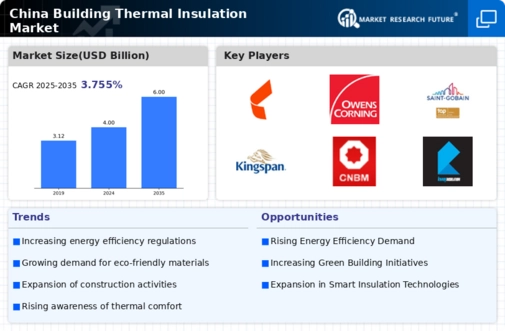
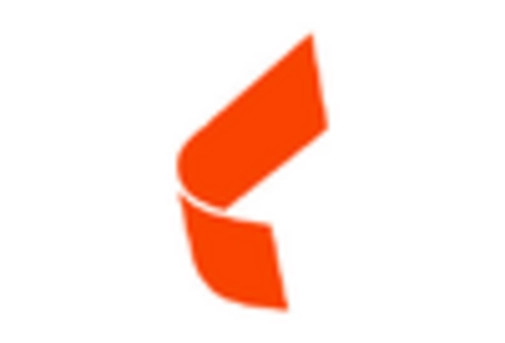
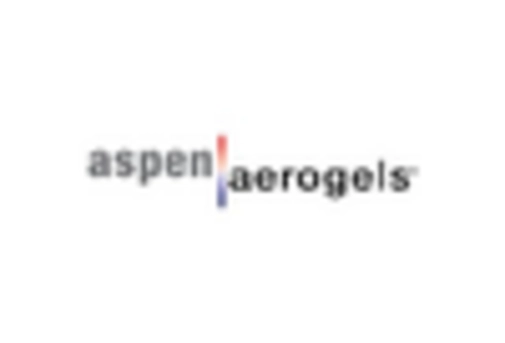
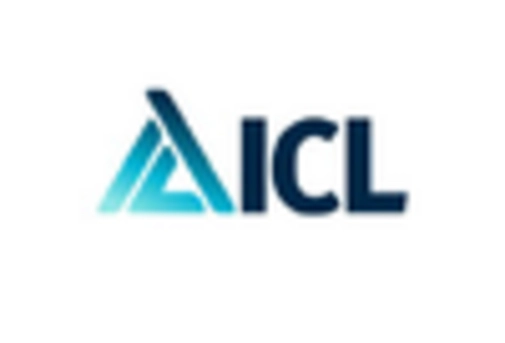
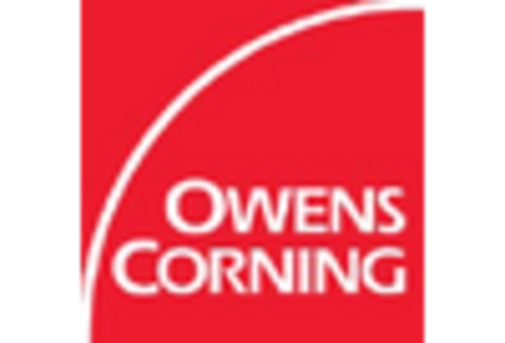




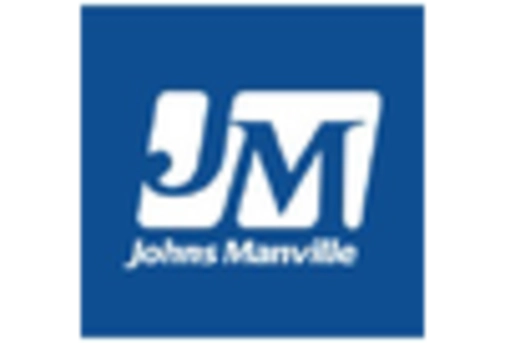









Leave a Comment